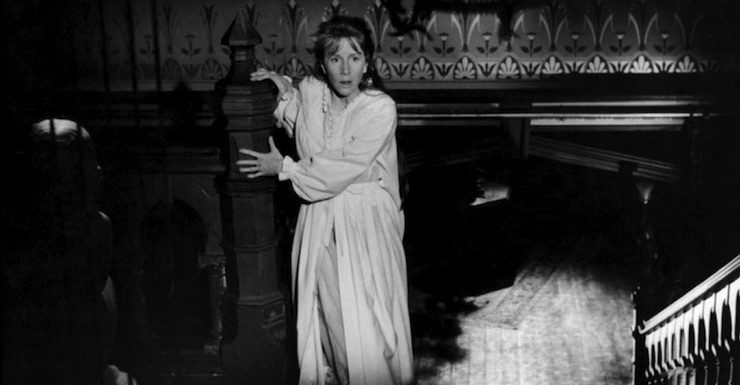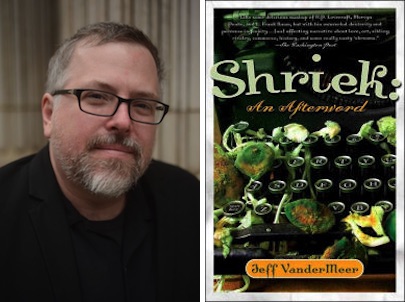Five Books Featuring Psychological Hauntings
Comment number:
3
Advertisement
Showing 5 results



“You want stories?" Thom Merrilin declaimed. "I have stories, and I will give them to you. I will make them come alive before your eyes.”
Robert Jordan, The Eye Of The World
For compliance with applicable privacy laws:



